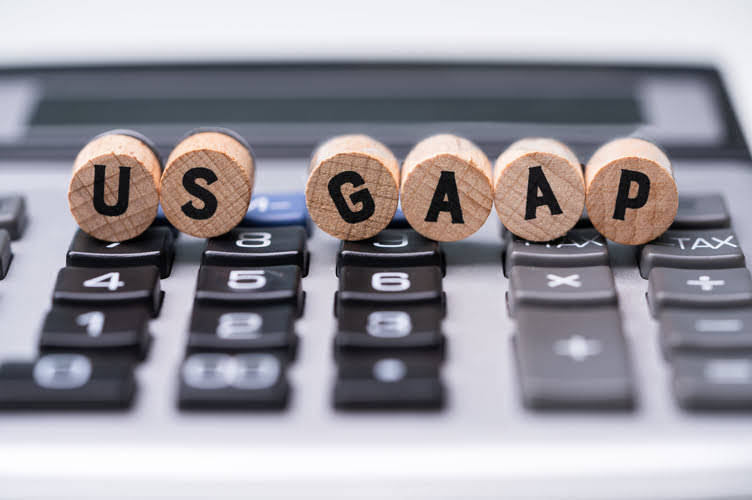This PVOA calculation tells you that receiving $178.30 today is equivalent to receiving $100 at the end of each of the next two years, if the time value of money is 8% per year. If the 8% rate is a company’s required rate of return, this tells you that the company could pay up to $178.30 for the two-year annuity. Just be sure to match the table type (annuity vs lump sum), frequency, and discount rate to the specifics of the financial instrument. PV tables are often used to value bond cash flows (coupon payments + face value) and lease obligations, especially under IFRS 16 and ASC 842. Having $10,000 today is better than being given $1,000 per year for the next 10 years because the sum could be invested and earn interest over Certified Bookkeeper that decade.
What is Operating Gearing? Definition, Formula, Example, and Usages
Present value (PV) is the current worth of future money, adjusted for a specific interest rate. The pension provider will determine the commuted value of the payment due to the beneficiary. They do this to ensure they are able to meet future payment obligations. This article provides an overview of common retirement withdrawal strategies designed to balance income generation and long-term financial sustainability. Explore Gainbridge’s digital-first annuities today to see how they could help you build a stream of predictable, guaranteed income in retirement — with no hidden fees or commissions. We show you how annuities work and help you integrate them into your retirement portfolio.
- Imagine you’re planning for retirement and expect to receive $10,000 each year for 20 years.
- This table condenses complex time value of money formulas into factors, enabling individuals and professionals to determine the present or future value of regular cash flows.
- When annuity payments are due at the start of a period, they are called an annuity due.
- An annuity is a series of payments that occur at the same intervals and in the same amounts.
- These tables are fundamental computational aids in the realm of financial mathematics, built upon the core economic principle known as the time value of money.
- An example of an ordinary annuity includes loans, such as mortgages.
Core Excel Tutorials
Step 4) The pmt argument refers to the equal cashflows to occur each year so we’re referring to Cell B2 ($12,000) as pmt. Step 3) For the nper argument, refer to the number of periods i.e., 25 years. To do so, we will calculate the Present value of this annuity by using the PV function of Exce. Depending on whether you want to calculate the PV of annuity or FV of annuity, we have different functions in Excel that enable you to calculate them both. She holds a Bachelor of Science in Finance degree from Bridgewater State University and helps develop content strategies. The capitalist always wants to know that the capital obtained today is valued more than the same aggregate of capital in the upcoming or not.
How to calculate the future value of an annuity
Use this calculator to find the present value of annuities due, ordinary regular annuities, growing annuities and perpetuities. A Registered Index-Linked Annuity (RILA) offers a middle ground between fixed and variable annuities. It provides market-linked growth potential while protecting against losses using buffers or floors.
- Additionally this is sometimes referred to as the future value annuity factor.
- Future value annuity tables are used to provide a solution for the part of the formula above shown in red.
- For example, instead of paying $100 cash a person is allowed to pay $9 per month for 12 months.
- The above table helps professionals in the accounting field quickly determine the present value factor without performing complex calculations each time.
- Yes, different interest rates change the numbers on the annuity table because they impact how much your future money is worth today.
Understanding the time value of money underscores why a current sum of money is more valuable than the same amount received in the future due to its potential earning capacity. The present value interest factor helps you decide between taking a lump sum now or an annuity payment later. Using estimated rates of return, you can compare the value of the annuity payments to the lump sum. Using basic information about your annuity, an annuity table can help you find out the present value of your annuity. Once you have this information you can make more informed decisions about your finances because you’ll know exactly how much your annuity is worth in current dollars, given an assumed discount rate.
Calculating the Rate (i) in an Ordinary Annuity
- The following present value of annuity table ($1 per period (n) at r% for n periods) will also help you calculate the present value of your ordinary annuity.
- She holds a Bachelor of Science in Finance degree from Bridgewater State University and helps develop content strategies.
- A series of equal amounts occurring at the end of each equal time interval.
- PV helps individuals compare annuity payout structures or decide between taking a lump sum versus regular payments.
- Earlier cash flows can be reinvested earlier and for a longer duration, so these cash flows carry the highest value (and vice versa for cash flows received later).
- They simply match the period with the appropriate interest rate to find the factor.
Every investment, every loan, every retirement plan, every business forecast – they’re all bets placed on the value of tomorrow’s money. We can therefore use the Present Value of an Annuity formula to estimate the Present Value of this cash flow stream. Let’s find out, by calculating the Present Value of the loan repayments. But, if you’re just starting out, we recommend working with the formula exclusively, so you really understand how it works. And once you get comfortable with using the formula, feel free to use the Present Value of an https://www.hydrich.in/what-is-unearned-revenue-is-it-a-liability-on/ Annuity Factor to calculate things faster. Okay, we’re going to assume you’re more or less alright now, so let’s think about when to use Present Value of Annuity formula.
This is done by using an interest rate to discount the amount of the annuity. The interest rate can be based on the current amount you are obtaining through other investments, the corporate cost of capital, or some other measure. To find the present value of ordinary annuity find the appropriate period and rate in the tables below.
To make the table flexible, reference the interest rate and number of periods from your table instead of hardcoding them. Let’s say the discount rate changes, or you want to test multiple what-if scenarios. If you’re trying to make smart and future-facing money decisions, chances are this table belongs on your desk (or spreadsheet). Same as above, but the payments occur at the beginning of each period, not the end. MultiplyMultiply your future cash amount by the factor to get its present value. It crunches time, interest, pv of an annuity table and future cash into something you can use right now.




